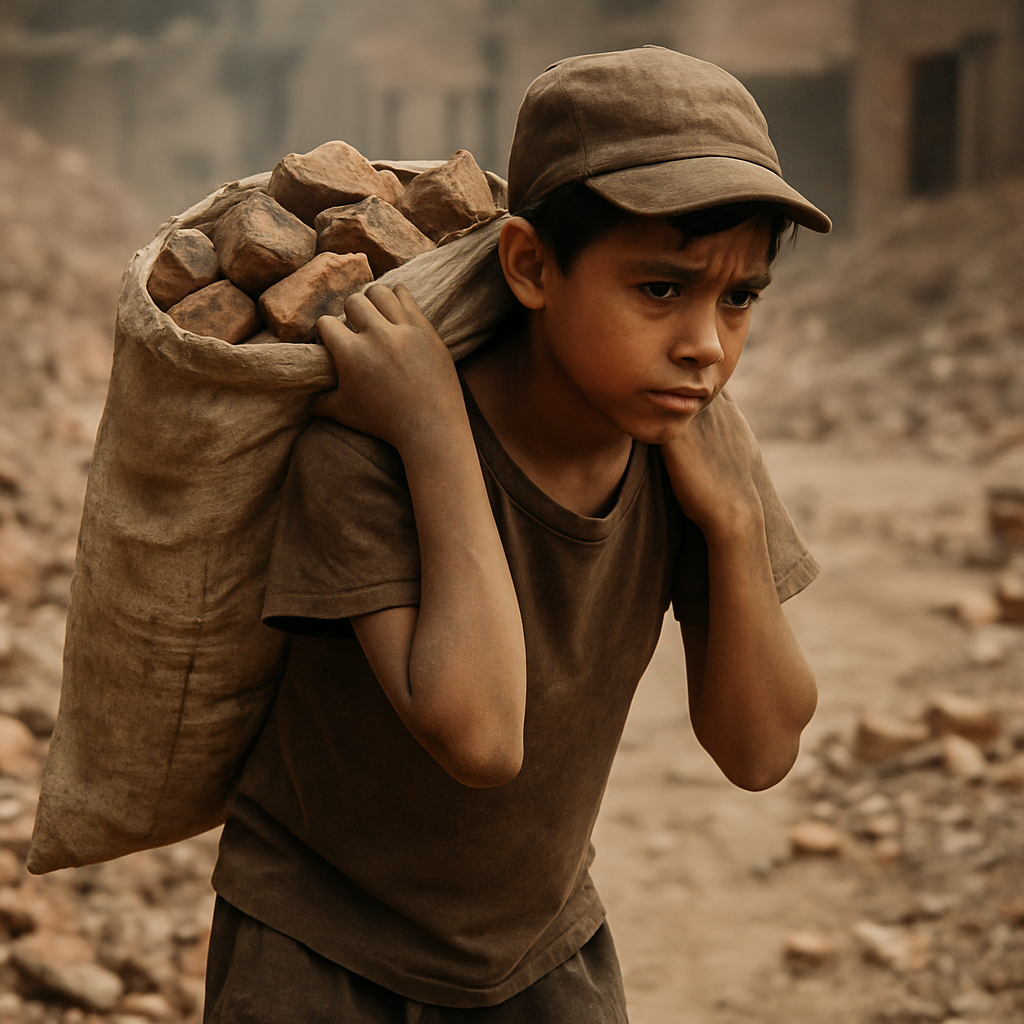Kathmandu: Nearly 138 million children worldwide were engaged in child labor in 2024, according to a joint report by UNICEF and the International Labour Organization (ILO) released Wednesday, warning that progress remains too slow to meet global eradication targets.
The report reveals that 137.6 million children aged 5–17, or 7.8 percent of that age group, were still working last year—equivalent to twice the population of France. This figure highlights the world’s failure to meet its Sustainable Development Goal of eliminating child labor by 2025, a target set in 2015.
“That timeline has now come to an end. But child labor has not,” the UN agencies stated.
While the number of child laborers has declined from 246 million in 2000, the pace has slowed dramatically.
After a rise between 2016 and 2020, the trend reversed, with 20 million fewer children in labor in 2024 compared to 2020. Yet, experts warn that at the current rate, eliminating child labor could take hundreds of years.
“Even if we quadruple the current pace, we’re looking at 2060 before we meet our goal,” said Claudia Cappa, UNICEF’s child protection expert.
UNICEF Executive Director Catherine Russell acknowledged “significant progress,” but stressed that millions of children still toil in hazardous conditions in mines, factories, and fields.
The report found that nearly 40 percent of child laborers were engaged in work considered dangerous to their health, safety, or development.
The agriculture sector accounts for the highest share, at 61 percent, followed by domestic and service work (27 percent) and industry (13 percent), including mining and manufacturing.
Sub-Saharan Africa remains the region most affected, with 87 million child laborers. The Asia-Pacific region has shown the most improvement, reducing its number from 49 million in 2000 to 28 million in 2024.
Progress for younger children remains especially slow. Nearly 80 million children aged 5 to 11—about 8.2 percent of that age group—were working last year.
The report highlights known solutions, including free, compulsory education and universal social protection systems, as key to preventing child labor and protecting children as they grow.
However, UNICEF warned that global funding cuts threaten to undermine recent gains.
